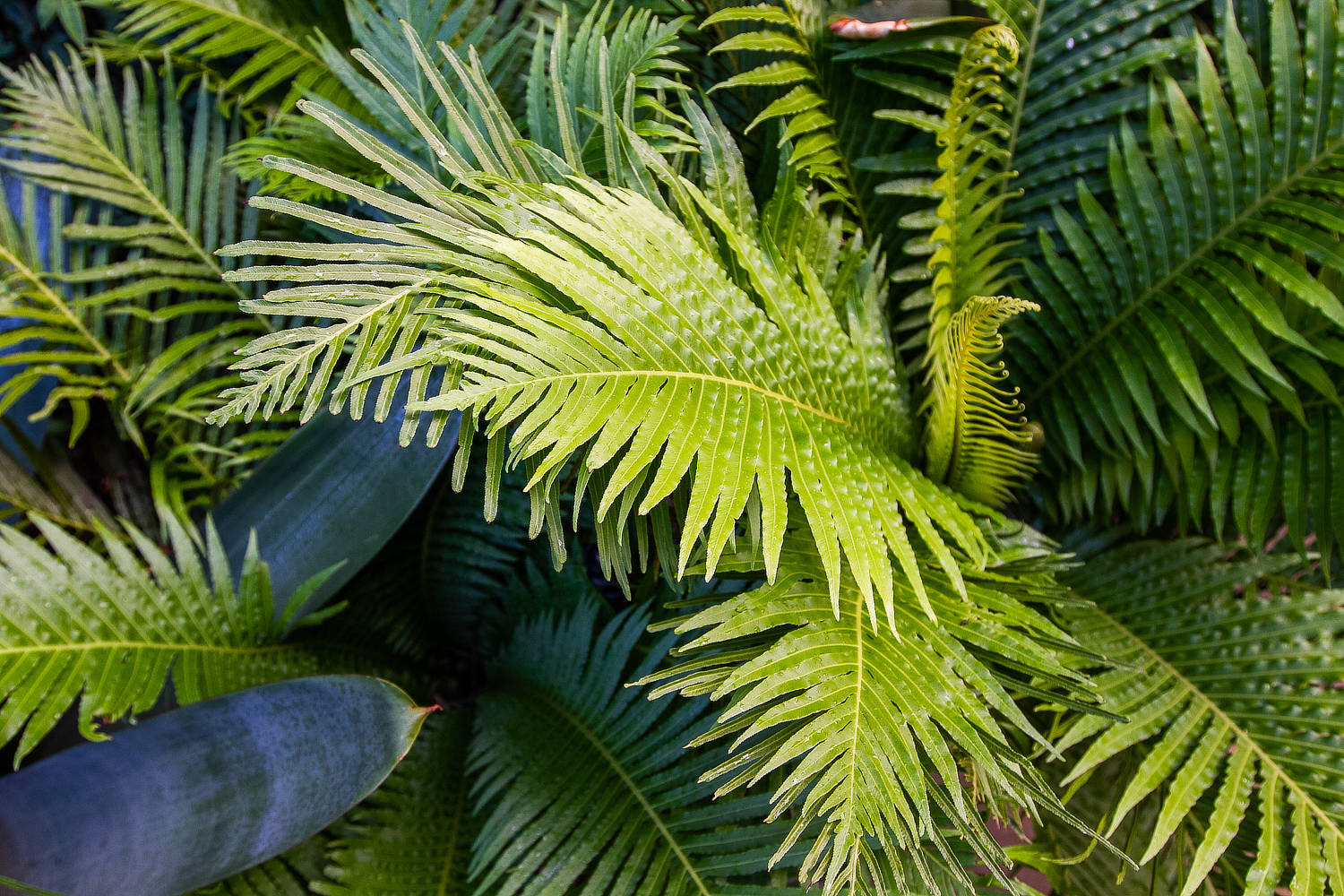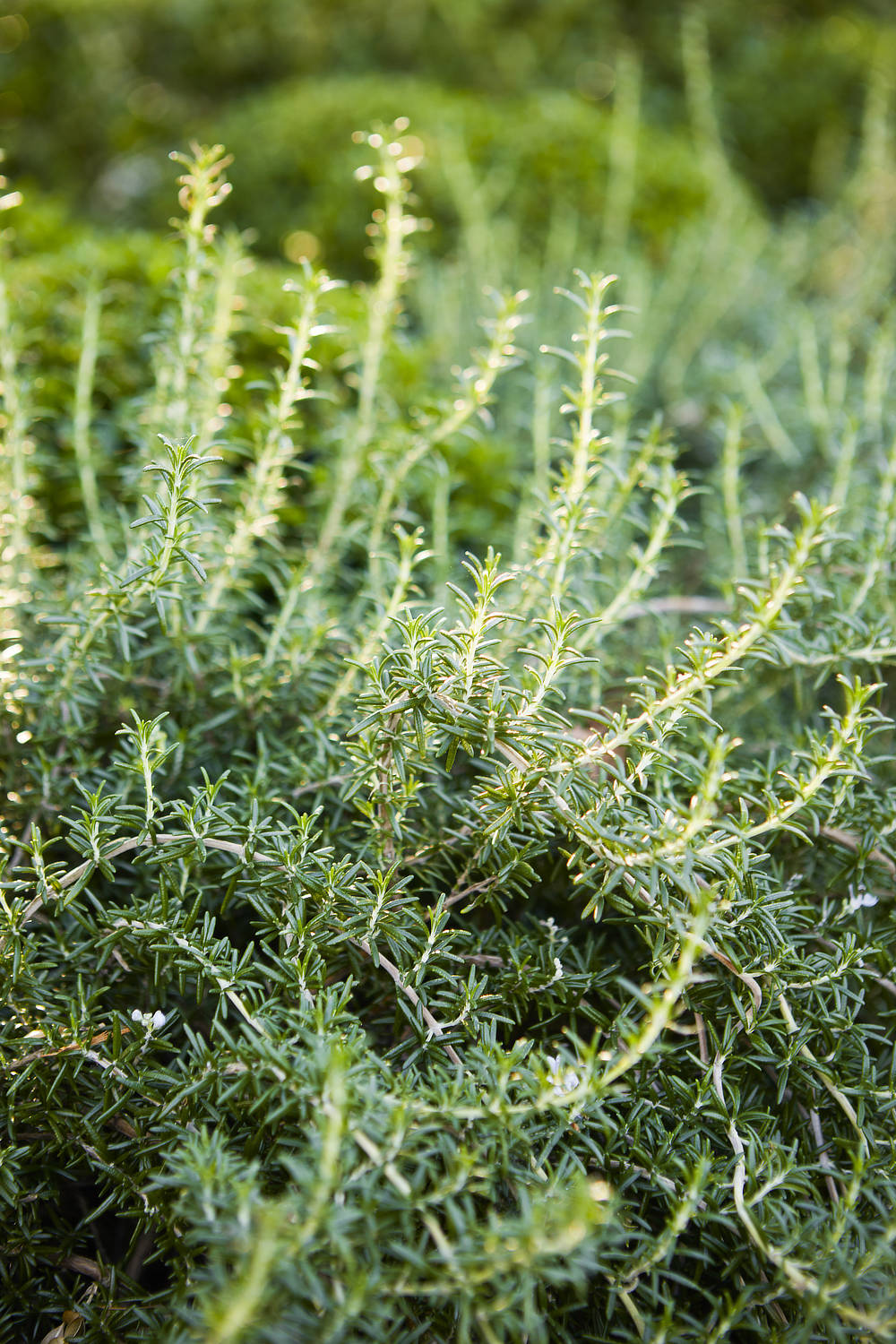If you have ever lived with a flat garden and then moved to one with a slope, you’ll understand why flat blocks are so attractive! It’s not only getting access to ongoing maintenance that becomes difficult on an incline but it’s also the added stresses and strains that gardening on a gradient bring.
The biggest issue you face with a sloping block is water retention. Rainwater and irrigation will run right over the surface of your garden and not penetrate the ground. To overcome this, you have a few options available to you.
Terracing is vital as this will create flat plots in your garden. These flat sections can be used to create seating areas and garden beds where water can sit and soak into the surrounding earth. The downside of terracing is the initial cost of building retaining walls. Anything over 600mm in height or within 900mm off a boundary will require approval from your local council so additional time and money will need to be invested if you cannot work within these parameters.
Cost effective methods of building retaining walls include treated pine sleepers, gabion walls (steel cages filled with pebbles) or braced steel edges. Whatever the method of construction, if you are not using an experienced landscaper, I recommend advice from a structural engineer to ensure your investment isn’t a waste of money that will need replacing in a year’s time.
On a recent episode of Better Homes and Gardens, I tackle a sloping block using sandstone boulders to retain the soil and although this doesn’t give one solid area for planting it creates several pockets of terracing to help utilise the space and increase the area of flat space surrounding the plants root run.
Sloping blocks have notoriously bad soil due to the organic matter on the surface falling to gravity and not being able to break down and turn into the soil profile, so before planting a slope take some time to get the preparation right. Digging through organic matter such as compost or rotted manure will do wonders for the water and nutrient holding capacity of the soil. I also think it’s a good idea to use a soil wetting agent as this will stop any chances of hydrophobia and help water to get into the soil easier.
Picking the right plants for a sloping block is important and you should look for drought tolerant species that can handle dry soils. You still need to pick for the aspect you have and the amount of sun and shade the area receives so don’t just go for those that can tolerate direct sunlight. When I’m out on a bush walk, I love to look at the surrounding plants and take note of what is growing well on hill sides and grades and then try to replicate the plant palette on your slope.
When planting use the excess spoil from the hole to form a moat around plant, especially on the low side of the hole as this will capture and store water whilst directing it to the roots where it is needed. It’s also a good idea to mulch your sloping block as this will slow water into the ground lessening the effect of run off whilst in time, breaking down to add to the organic content of the soil. I find mulch with larger individual particles such as rough cut pine bark mulch will slip down the slope a lot less than a fine pine bark that may struggle to bind together on an incline.
When setting up an irrigation system on a gradient it is better to have it turn on in shorter bursts rather than one long session as this will help the water to soak into the soil like a sponge rather than pool and run away.


